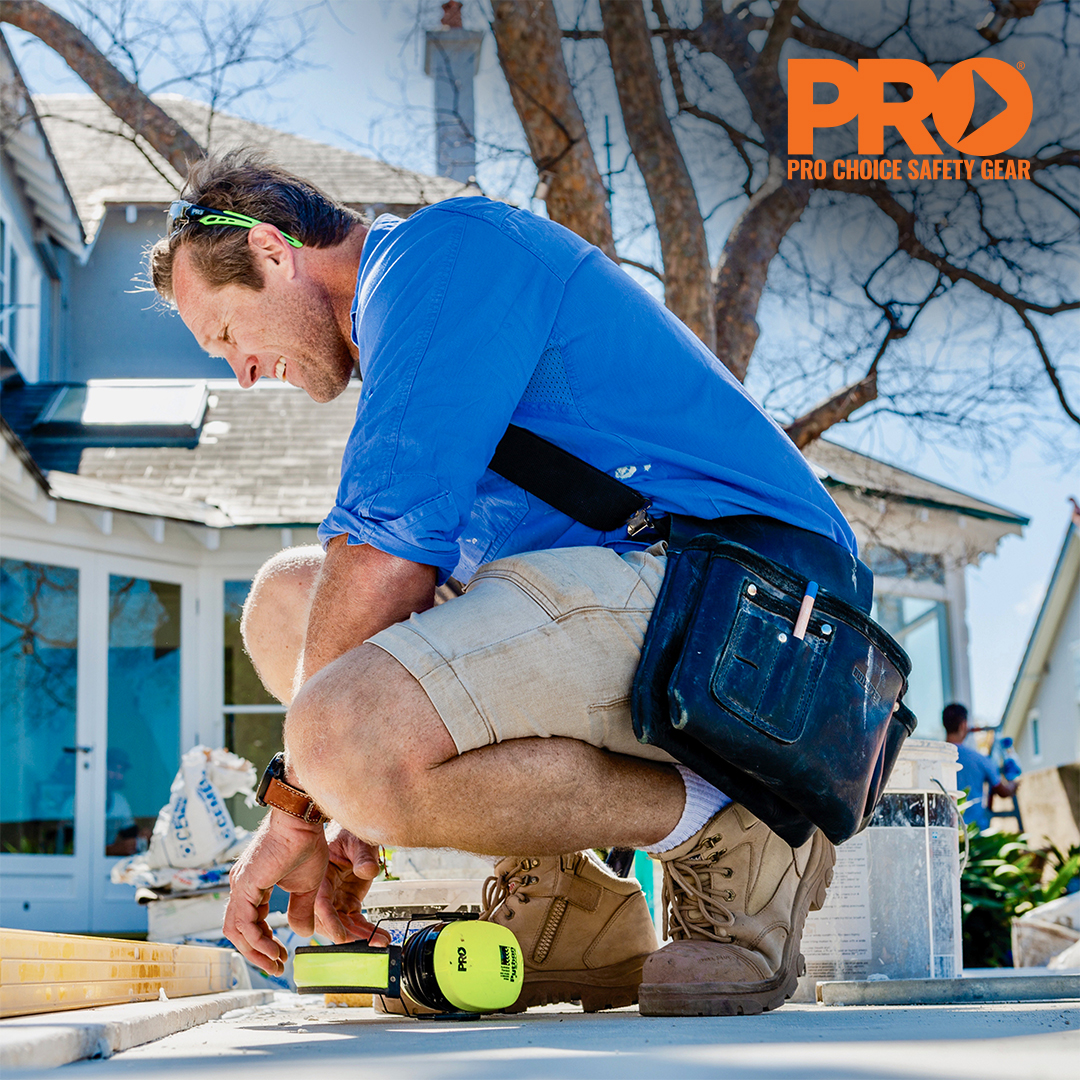 Hearing loss is irreversible and can negatively impact a person’s quality of life, employment prospects, and mental health.
Hearing loss is irreversible and can negatively impact a person’s quality of life, employment prospects, and mental health.
However, hearing damage happens gradually without a worker’s knowledge, usually not becoming apparent until 10-20 years after exposure.
Although noise-induced hearing loss (NIHL) is largely preventable, in Australia and New Zealand industrial hearing loss represents one of the major areas of compensation.
Awareness and preventative measures are essential for hearing conservation, and with the appropriate solutions noise induced hearing loss is largely avoidable.
Contributing factors to workplace noise are often compounded by secondary sources including traffic, machinery, electrical equipment, and music. These are just some examples that are very predominant in today’s environment.
According to Safe Work Australia: "regardless of age, workers in construction, manufacturing, mining, the automotive industry, agriculture, and hospitality are at particular risk".
Experts agree that the best preventative measure is ensuring workers are wearing the most appropriate hearing protection 100% of the time in noisy environments, and importantly, that ear-plugs and/or ear-muffs are fitted correctly.
The Class System For Noise Level Protection & Understanding What Class Of Hearing Protection To Use
Under the Standard AS/NZS 1270, there is a classification method (click here) for the selection of hearing protectors.
Once the extent of the noise hazard has been determined by a noise level survey, the user applies this to the classification table to select an appropriate hearing protector. The class system enables selection of hearing protection appropriate to the noise exposure.
100% Usage IS Required
Damage to hearing depends not only on the actual noise level, but also (continuous) exposure time. Just five minutes of carelessness during an eight-hour day can potentially lead to lifelong hearing loss.
That's why 100% usage is critical in noisy environments if you are to get the adequate protection from your chosen hearing protector. Choose a comfortable hearing protector that suits your needs.
The Details:
What is a dB and Attenuation?
dB stands for Decibel, the unit of sound level and noise exposure measurement. Attenuation is the reduction in sound pressure level incident upon the ear due to the application of a hearing protector or, specifically, the change in hearing threshold level that results when a hearing protector is worn.
How do I know when hearing protection is required?
Have a workplace noise assessment done. Exposure to noise levels above 85 dB can cause permanent hearing loss and therefore hearing protection is required.
What is the “Safe Noise Threshold”?
85 dB (A) – at this level and above appropriate hearing protection MUST be worn.
What is Tinnitus?
Involuntary noises in the ear, such as ringing or hissing, often associated with hearing loss.
How can I protect my hearing at work?
The best method of preventing occupational deafness is to reduce noise at the source by engineering methods. However, in certain workplace conditions, there is very little or nothing one can do to reduce noise at the source. In these workplaces, workers must wear hearing protection to reduce the amount of noise reaching the ears.
What should I know about the fit of my hearing protection?
Follow manufacturers’ instructions. With ear plugs, for example, the ear should be pulled outward and upward with the opposite hand to enlarge and straighten the ear canal, and insert the plug with clean hands. Ensure the hearing protector tightly seals within the ear canal or against the side of the head. Hair and clothing should not be in the way.
Can I “toughen up” my ears?
No. If you think you have grown used to a loud noise, it has probably already damaged your ears, and there is no treatment - no medicine, no surgery, not even a hearing aid - that completely restores your hearing once it is damaged by noise.
What are the common problems of hearing protection?
Studies have shown that one half of the workers wearing hearing protectors receive one half or less of the noise reduction potential of their protectors because these devices are not worn continuously while in noise or because they do not fit properly.
A hearing protector that gives an average of 30 dB of noise reduction if worn continuously during an eight hour work day becomes equivalent to only 9 dB of protection if taken off for one hour in the noise. This is because decibels are measured on a logarithmic scale, and there is a ten fold increase in noise energy for each 10 dB increase.
For those unaware, or out of practice with logarithmic scales, another way to represent this would be that, if 10db = 10, then 20db would be 100. 30db would be 1000, 40db would be 10,000, 50db would be 100,000, etc. As this kind of measurement quickly becomes unwieldy - 90dB would be 1,000,000,000 - logarithmic scales are used instead.
How does hearing loss occur?
Permanent loss of hearing is the result of nerve destruction or damage to the hair cells which transfer sound waves within the ear. Once these important parts of the hearing mechanism are damaged or destroyed, they can never be regenerated, resulting in slight to total hearing loss that is permanent.
For further information, view the Bunzl Safety blog post here or the Pro Choice Hearing Protection Safety Guide here






